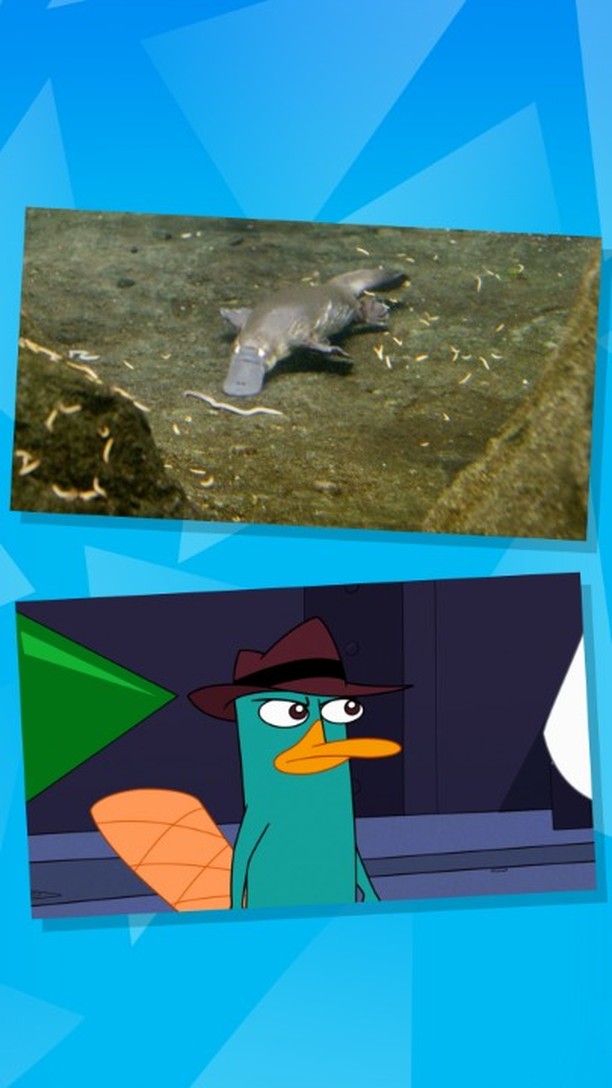- Fascination with platypuses: their biology and behavior
- The conservation status and efforts for platypuses
- The role of zoological parks and wildlife sanctuaries
- Popular culture references highlighting platypuses
- Importance of promoting awareness and education about platypuses
The platypus is a captivating creature that defies the conventional categories of the animal kingdom. This semi-aquatic mammal, native to eastern Australia, shares unique characteristics that pique curiosity and stimulate discussions in scientific circles. The platypus is one of the few monotremes, meaning they are mammals that lay eggs instead of giving birth to live young—a fact that continues to fascinate zoologists worldwide.
Platypuses have a peculiar appearance, featuring a duck-bill, webbed feet, and a paddle-shaped tail. Their smooth fur is adapted to keeping them warm in cold water. They are excellent swimmers, and their underwater foraging capabilities are enhanced by their electroreceptors, which detect the faint electric fields produced by prey. Despite their whimsical appearance, platypuses are formidable predators in their aquatic habitats.
Furthermore, the male platypus possesses venomous spurs on its hind legs, a rare trait for mammals. While not lethal to humans, the venom can cause significant pain and swelling, underscoring the complexity and adaptability of these creatures.
As we consider the conservation status of the platypus, it’s crucial to address the threats they face. Habitat destruction, water pollution, and climate change have contributed to a decline in their populations. Conservationists are alarmed by these trends and stress the need for immediate action to preserve this iconic species. Habitat protection, restoration initiatives, and pollution control are essential components of comprehensive conservation strategies.
Zoological parks and wildlife sanctuaries play an instrumental role in the conservation and education efforts concerning platypuses. Institutions such as the San Diego Zoo Safari Park collaborate with scientific communities to conduct research and breeding programs that bolster platypus numbers and ensure genetic diversity. These collaborations are vital in constructing viable strategies to counter the environmental challenges the platypus faces.
Beyond their biological intrigue, platypuses have permeated popular culture, capturing the public’s imagination. From their appearances in animated series, like Phineas and Ferb, where Perry the Platypus becomes an iconic character, to their presence on various merchandise, platypuses inspire affection and curiosity. These cultural references serve as powerful tools to engage the public and spread awareness about the necessity of their preservation.
Educational initiatives that focus on the uniqueness of the platypus and their ecological significance are paramount. By fostering greater awareness, communities can become more informed advocates for wildlife conservation. Children’s programs, documentaries, and virtual experiences help disseminate knowledge and inspire future generations to protect our planet’s biodiversity.
In a world facing environmental challenges, nurturing an appreciation of animals like the platypus becomes increasingly vital. Through concerted conservation efforts, public engagement, and ongoing scientific research, there is hope to maintain healthy platypus populations and secure their habitats for years to come. Embracing both scientific insights and cultural narratives can facilitate a broader understanding of and respect for these remarkable creatures.
*****
Source Description
Hover jet or not, we still love all platypuses 😌 @sdzsafaripark
The new season of is now streaming on @DisneyPlus.


